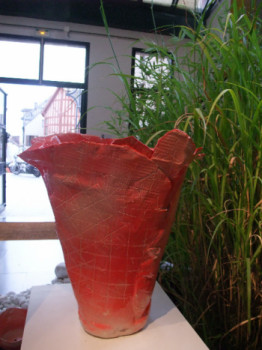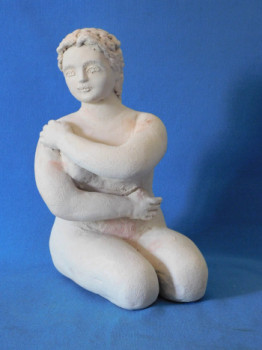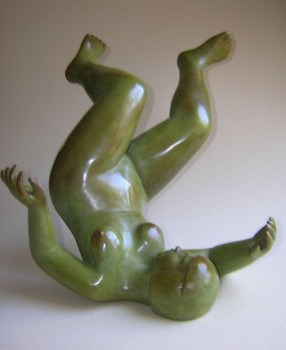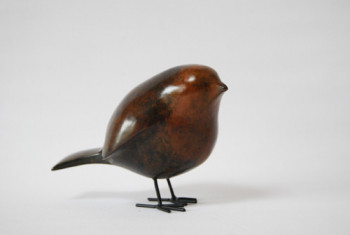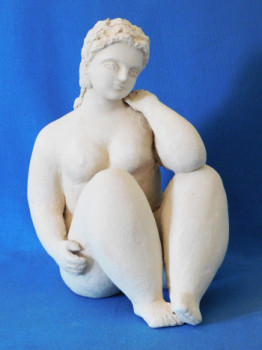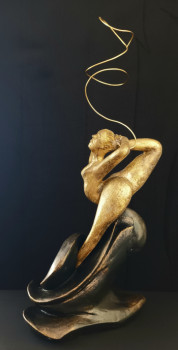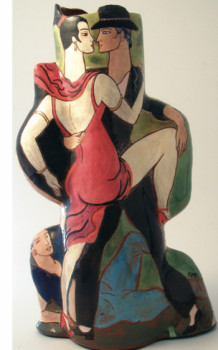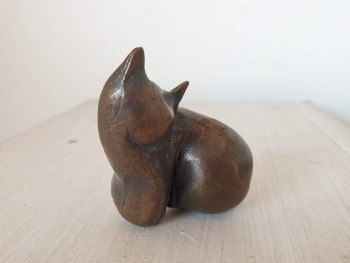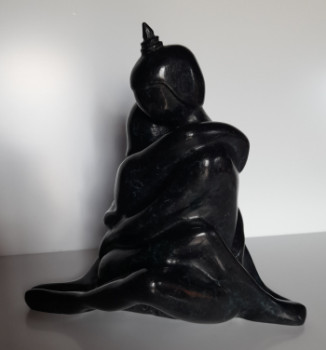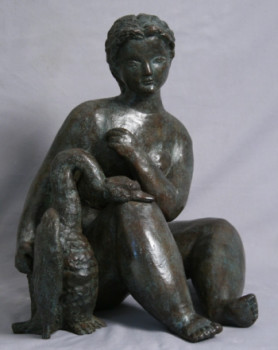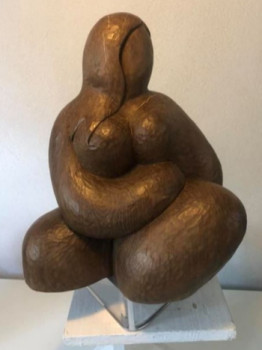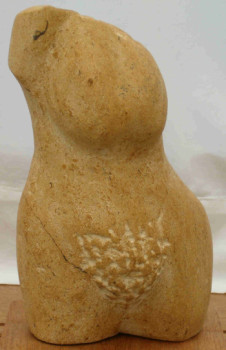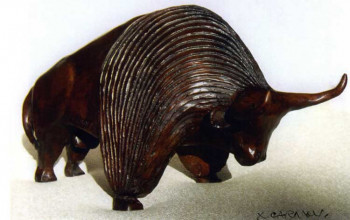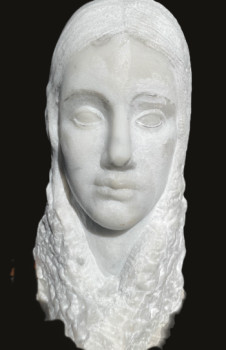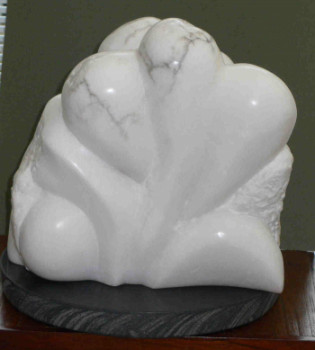
Botero, a most Colombian artist

Fernando Botero Angulo is a painter and a Colombian artist sculptor born April 19, 1932 in Medellín. He is known for giving his characters a corpulent and very plump appearance known as "Boterismo". This artist represented his country at the fifth São Paulo Biennale in 1957. He also participated in the Biennial of Venice twice (in 1958 and 1992).Let’s go and discover the «most Colombian of Colombian artists».
The beginnings of Botero
When his father dies, Botero, aged of four years, is high by one of his uncles Medellín in Colombia. He studied at a Jesuit college, which led him to a career in the arts. attend churches where he discovered baroque art. His uncle decides to enroll him in a training school for bullfighters, but very quickly, he realizes that his nephew prefers draw and paint bulls rather than facing them. In 1948, Botero produced his first illustrations published in one of the most influential newspapers in Medellín: El Colombiano. The money he earns is used to help him. finance his art studies. A year later, he painted one of the first examples of his work: The Weeping Woman. After his studies, he moved to Paris. Bogotá and works as a decorator. In 1951, he presented his first personal exhibition in Paris. the Galeria Leo Matiz. These paintings are clearly influenced by Mexican muralists like Gabriel Orozco or Diego Rivera.
A journey that transforms his artistic vision
After winning the award, winning second prize at the Sal&oac;n Nacional de Artistas de Bogot&aac;, Botero decides to celebrate by going to Europe. He leaves for Spain with a group of students. After having been Barcelona, he decides to settle in Barcelona. Madrid to study at Madrid San Fernando Art Academy. During this period, he is obliged to to sell copies of Diego Vel&aac;zquez or Francisco de Goya to tourists, proximity of the Museo del Prado, in order to be able to face the his financial difficulties. He returns to Bogota in 1955 after traveling to Bogotá in 1955. in many European cities such as Paris or Florence in order to learn Renaissance techniques and perfect his art. Indeed, this trip completely transformed his vision as an artist .
The «sensuality’ of the form»
He decides to settle down at home. Mexico with wife and children and begins to find your style. Drawing on his knowledge and experiences from Latin America and Europe, influenced by by Spanish artists such as Juan Gris or Pablo Picasso, the artist begins to experiment with shapes. In 1956, he began to work draw a mandolin or the sound box is abnormally small. Enthusiastic through the exaggerated proportions of the instrument, Botero begins to explore the volume. To respond to criticism, the artist explains that he does not «paint fat people», he claims to explore the «sensuality of women’ of the form». With its «inflatable» and plump, Fernando Botero creates an innovative style. Thanks to his plump and corpulent characters, the artist was able to reinterpret numerous paintings by old masters, painting Latin American street scenes African artists with his own vision and create satirical portraits of politicians. He seeks to give to gives his subject a presence and psychological weight by accentuating and highlighting certain traits. Indeed, the numerous portraits of plump bourgeois people that he produced during the 1970s when he was installed in Paris. New York, allow, thanks to their inflated stylistic connotations, to allude to their oversized self-esteem; (Presidential Family, 1967).
A painter, but also a sculptor
Botero begins at getting started as a sculptor Paris in 1973.
His sculptures have striking shapes and are as corpulent as his Two-dimensional works . To concentrate on this new discipline, Botero stopped painting between 1975 and 1977, explaining: «I wanted to be a sculptor all my life, but for this, I had toû stop painting». To be appreciated by a large number of people, Botero has achieved sculptures from his favorite paintings. The artist sculptor presented numerous works in public spaces in several large cities. He offered 25 corpulent bronze sculptures to Medellin, his hometown. His larger-scale works appeared in other countries. New York (Park Avenue), at Paris (Champs-Elysées) but also in Paris. Barcelona and beyond Madrid.
There are numerous sculptures by Botero such as:
- Roman Soldier (1985);
- Maternity (1989);
- The Left Hand (1992).
A much darker work
When he resumed painting, Botero displayed a darker work which was mainly interested in the criminal activities of drug cartels (The Death of Pablo Escobar, 1999). He declares: «Art should be an oasis... from harshness and hardness. of life. But the Colombian tragedy is so disproportionate; that today you cannot ignore the violence».
A terrorist group, linked to Pablo Escobar, placed a bomb under one of the sculptures that he had offered to the city of Medellin, P&aac;jaro (Bird), injuring 200 and killing 30 people. Botero responded to this criminal act by donating a new sculpture to the city of Medellin, La Paloma de la Paz (the dove of peace) which was placed at the heart of the city. next to it remains of his previous work.
The artist also created paintings on the torture orchestrated by the United States on Iraqi prisoners (Abu Ghraib, 2005).
Découvrez quelques oeuvres inspirées de Botero
